Home>Health & Lifestyle>Mindfulness & Relaxation Spaces>How To Make Rosemary Essential Oil For Diffuser
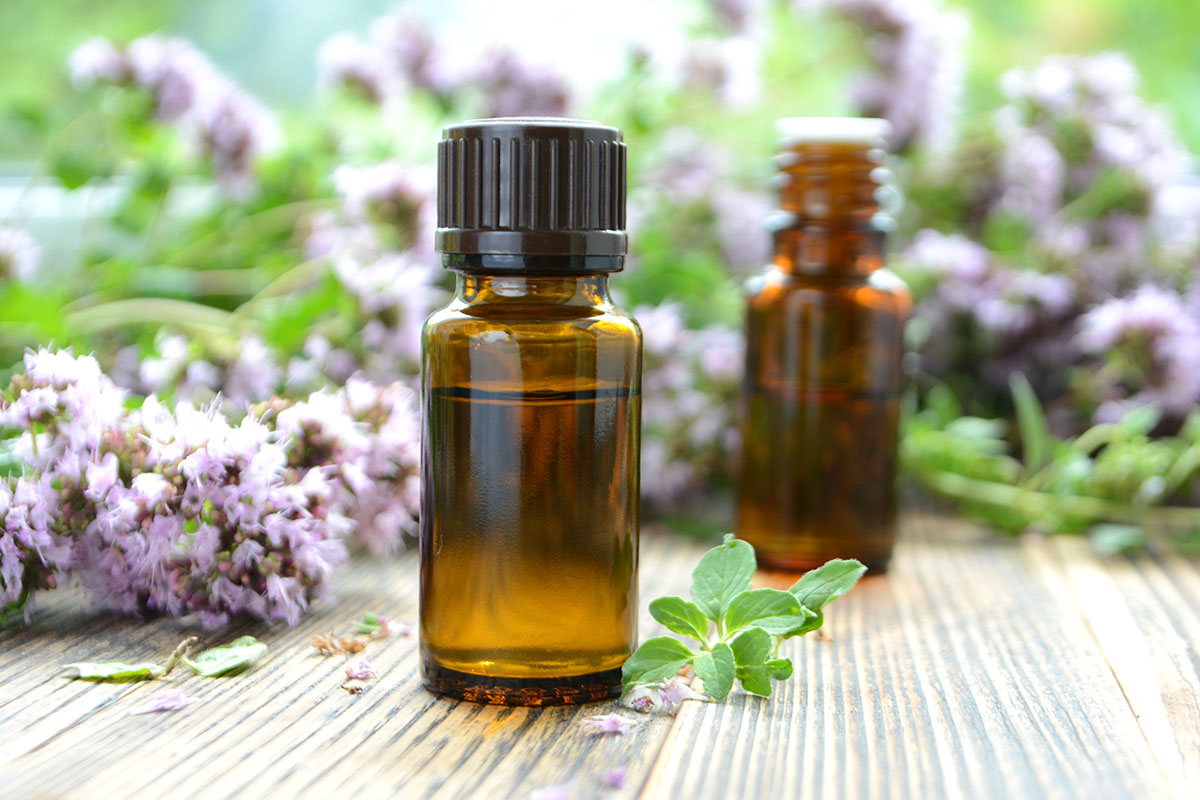

Mindfulness & Relaxation Spaces
How To Make Rosemary Essential Oil For Diffuser
Modified: August 17, 2024
Create a calming atmosphere in your mindfulness and relaxation spaces with homemade rosemary essential oil for your diffuser. Experience the soothing benefits of this natural remedy.
(Many of the links in this article redirect to a specific reviewed product. Your purchase of these products through affiliate links helps to generate commission for Storables.com, at no extra cost. Learn more)
**
Introduction
**
Welcome to the aromatic world of rosemary essential oil! Harnessing the essence of this versatile herb can bring a myriad of benefits to your relaxation and mindfulness practices. Whether you're seeking to invigorate your senses, alleviate stress, or simply infuse your living space with a soothing ambiance, rosemary essential oil can be a valuable companion on your journey to tranquility.
In this comprehensive guide, we'll delve into the art of crafting your own rosemary essential oil for diffuser use. By embarking on this aromatic adventure, you'll not only gain a deeper appreciation for the natural wonders of rosemary but also have the opportunity to create a personalized essential oil that resonates with your unique preferences.
As we embark on this aromatic journey, prepare to immerse yourself in the enchanting world of rosemary, where nature's bounty intertwines with the art of relaxation. Let's explore the step-by-step process of harvesting, drying, and extracting the essence of rosemary, culminating in the creation of a fragrant essential oil that will elevate your mindfulness and relaxation experiences. So, gather your supplies and let's embark on this aromatic escapade together!
Key Takeaways:
- Crafting your own rosemary essential oil for a diffuser is a mindful and aromatic journey. Harvest, dry, and extract the essence to create a fragrant oil that enhances relaxation and mindfulness practices.
- Storing the freshly crafted rosemary essential oil in dark glass bottles ensures its potency. Embrace the captivating aroma to enrich your space and infuse tranquility into your daily rituals.
What You’ll Need
Before embarking on the journey of creating your own rosemary essential oil for diffuser use, it’s essential to gather the necessary supplies. Here’s a list of items that will facilitate the process and ensure a seamless extraction of the aromatic essence:
- Fresh rosemary sprigs – Look for vibrant, healthy sprigs with robust aromatic profiles. The quality of the rosemary will significantly influence the potency and fragrance of the resulting essential oil.
- Carrier oil – Opt for a high-quality carrier oil such as jojoba, almond, or olive oil. The carrier oil serves as a medium for diluting and preserving the extracted essential oil, enhancing its longevity and application.
- Distilled water – This will be used in the extraction process to capture the aromatic compounds present in the rosemary and create the essential oil.
- A pot or saucepan – Select a stainless steel or glass pot for the extraction process. Avoid using aluminum or non-stick cookware to prevent potential reactions with the ingredients.
- A heat-resistant bowl – This will be utilized as part of the extraction setup to capture the condensed essential oil during the distillation process.
- A strainer or cheesecloth – Essential for filtering out the extracted oil from the water and rosemary residue, ensuring a pure and refined essential oil.
- Dark glass bottles – Once the essential oil is extracted, dark glass bottles will serve as ideal storage vessels, protecting the oil from light and preserving its aromatic integrity.
- Airtight containers – These will be used for storing the dried rosemary, maintaining its quality until it’s ready for the extraction process.
- A mortar and pestle – If you opt to crush the rosemary before extraction, a mortar and pestle will aid in releasing its aromatic compounds.
By ensuring that you have these essential items at your disposal, you’ll be well-prepared to embark on the journey of creating your own rosemary essential oil. With these supplies in hand, you’re ready to proceed to the next step: harvesting the rosemary.
Step 1: Harvesting the Rosemary
Before delving into the process of extracting the essential oil, it’s crucial to start with the first step: harvesting fresh rosemary. This step sets the foundation for capturing the herb’s aromatic essence, ensuring a vibrant and potent essential oil for your diffuser. Here’s a guide to harvesting rosemary in preparation for the oil extraction process:
Selecting the Right Time:
Timing is key when it comes to harvesting rosemary. Aim to harvest the sprigs in the morning, preferably after the dew has dried but before the sun’s intensity peaks. This timing allows the essential oils within the rosemary to be at their peak concentration, maximizing the fragrance and therapeutic properties of the resulting essential oil.
Choosing Healthy Sprigs:
Opt for vibrant, healthy rosemary sprigs with robust green foliage. Avoid harvesting from plants that show signs of wilting or disease. The quality of the sprigs directly influences the aromatic potency and overall quality of the essential oil.
Pruning Technique:
Utilize sharp, clean scissors or pruning shears to snip the rosemary sprigs. Aim to trim the sprigs from the top portions of the plant, where the essential oils are most concentrated. Leave ample foliage on the plant to support its continued growth and vitality.
Harvesting Considerations:
Be mindful of the plant’s growth stage and overall health. Avoid over-harvesting from a single plant, as this can impede its ability to thrive. Instead, practice sustainable harvesting by selectively trimming sprigs from multiple plants if available, or by allowing the plant time to regenerate before subsequent harvests.
By approaching the harvesting process with care and consideration, you’ll set the stage for a successful extraction of rosemary essential oil. With freshly harvested sprigs in hand, you’re ready to proceed to the next step: drying the rosemary to prepare it for the essential oil extraction process.
Step 2: Drying the Rosemary
Once you’ve harvested the fresh rosemary sprigs, the next crucial step in the journey of creating rosemary essential oil is the drying process. Properly drying the rosemary is essential for preserving its aromatic compounds and preparing it for the extraction phase. Here’s a comprehensive guide to effectively drying the freshly harvested rosemary:
Preparation for Drying:
Begin by inspecting the harvested rosemary sprigs, ensuring they are free from any signs of moisture or debris. If necessary, gently pat the sprigs with a clean cloth to remove any surface moisture. This step is vital to prevent mold or mildew formation during the drying process.
Air Drying Method:
One of the most traditional and effective methods for drying rosemary is air drying. Bundle the sprigs together, securing them with twine or a rubber band. Ensure that the bundles are of manageable size to promote adequate airflow. Hang the bundles upside down in a well-ventilated, dry area away from direct sunlight. This method allows the rosemary to gradually dry while retaining its aromatic properties.
Dehydrator Option:
If you prefer a more expedited drying process, consider using a food dehydrator set to a low temperature. Arrange the rosemary sprigs in a single layer on the dehydrator trays, ensuring ample space between the sprigs for air circulation. Follow the dehydrator’s instructions for drying herbs, typically at a low temperature for a specified duration.
Oven Drying Alternative:
If time is of the essence, you can opt for oven drying. Place the rosemary sprigs on a parchment-lined baking sheet and set the oven to its lowest temperature setting. Allow the rosemary to dry in the oven, periodically checking for dryness. Be cautious not to overheat or burn the rosemary, as this can compromise its aromatic quality.
Drying Duration:
The drying duration can vary based on the method chosen and environmental conditions. Typically, air drying may take 1-2 weeks, while a dehydrator can expedite the process to a few hours. Regardless of the method, the rosemary is ready when the leaves are crisp and easily crumble between your fingers.
By carefully drying the harvested rosemary using the method that best suits your preferences and timeline, you’ll preserve its aromatic essence, setting the stage for the essential oil extraction process. With the dried rosemary ready, you’re prepared to embark on the next step: extracting the essential oil.
To make rosemary essential oil for a diffuser, you can infuse rosemary leaves in a carrier oil like olive oil for a few weeks. Strain the oil and use it in your diffuser for a refreshing scent.
Step 3: Extracting the Essential Oil
With the freshly harvested and dried rosemary at the ready, it’s time to embark on the captivating process of extracting the essential oil. This step is where the aromatic essence of the herb is captured and transformed into a potent, fragrant oil for use in your diffuser. Here’s a comprehensive guide to extracting rosemary essential oil:
Water Distillation Method:
One of the most common and accessible methods for extracting essential oils at home is water distillation. Begin by placing the dried rosemary sprigs in the bottom of a pot or saucepan. Add distilled water to cover the rosemary, ensuring it’s fully submerged. Avoid overcrowding the pot to allow ample space for the water to evaporate and condense.
Assembling the Setup:
Position a heat-resistant bowl in the center of the pot, floating on the water. This bowl will capture the condensed steam and essential oil during the distillation process. Place the lid of the pot upside down, as it will act as a slanted surface to guide the condensed water and oil toward the collection bowl.
Applying Heat:
Heat the pot over a gentle, consistent heat source. As the water simmers and evaporates, the aromatic compounds from the rosemary will be carried with the steam, eventually condensing into the collection bowl. This process allows for the separation of the essential oil from the water, resulting in a potent and pure extraction.
Condensation and Collection:
As the steam rises and condenses on the inverted lid, the essential oil will be collected in the bowl. After the distillation process, carefully separate the essential oil from the water, as they will have naturally separated during the extraction. The collected oil can then be filtered through a strainer or cheesecloth to remove any residual plant material, ensuring a refined and pure essential oil.
Storage and Preservation:
Once the essential oil has been extracted and refined, transfer it to a dark glass bottle for storage. Dark glass helps protect the oil from light exposure, preserving its aromatic integrity. Seal the bottle tightly and store it in a cool, dark place to maintain the oil’s potency and fragrance for future use in your diffuser.
By following this meticulous extraction process, you’ll have successfully captured the essence of rosemary in the form of a fragrant and potent essential oil. With the oil safely stored, you’re now ready to explore the final step: storing the rosemary essential oil for future use.
Step 4: Storing the Rosemary Essential Oil
Having meticulously extracted the aromatic essence of rosemary, the final step in this aromatic journey is to ensure the proper storage of the essential oil. By safeguarding the oil’s potency and fragrance, you’ll be able to enjoy its therapeutic benefits and captivating aroma in your diffuser for an extended period. Here’s a guide to effectively storing the rosemary essential oil:
Choosing the Right Container:
Opt for dark glass bottles to store the rosemary essential oil. Amber or cobalt blue glass bottles are ideal choices, as they help shield the oil from light exposure, which can degrade its aromatic compounds over time. Ensure that the bottles are clean, dry, and free from any residual moisture to prevent contamination.
Sealing and Protection:
Once the essential oil is transferred to the glass bottle, seal it tightly to prevent air exposure. The cap or dropper insert should form a secure seal to minimize oxidation and preserve the oil’s potency. Store the bottles in a cool, dark place, such as a cupboard or drawer, to shield them from light and temperature fluctuations.
Labeling and Date:
It’s essential to label the bottles with the contents and date of extraction. This simple yet crucial step will help you track the oil’s freshness and usage. Additionally, consider including the extraction date, especially if you plan to create multiple batches of essential oil from varying harvests.
Avoiding Contaminants:
Ensure that the storage area is free from potential contaminants, such as strong odors or chemicals, which can compromise the oil’s aroma and quality. By maintaining a clean and controlled storage environment, you’ll safeguard the integrity of the essential oil for future use.
Longevity and Usage:
When stored properly, rosemary essential oil can maintain its aromatic potency for an extended period. However, it’s beneficial to use the oil within a reasonable timeframe to fully experience its therapeutic benefits and vibrant fragrance. Regularly inspect the oil for any signs of degradation, such as changes in color or scent, and consider using it within a year for optimal quality.
By thoughtfully storing the freshly extracted rosemary essential oil in a protective and controlled environment, you’ll ensure that its captivating aroma and therapeutic properties remain intact. With the essential oil securely stored, you’re now equipped to infuse your living space with the invigorating essence of rosemary, enhancing your mindfulness and relaxation practices with its aromatic allure.
Conclusion
Congratulations on embarking on the captivating journey of creating your own rosemary essential oil for diffuser use! Throughout this aromatic escapade, you’ve explored the art of harvesting, drying, and extracting the essence of rosemary, culminating in the creation of a fragrant essential oil that will elevate your mindfulness and relaxation experiences.
By carefully selecting fresh rosemary sprigs and embracing the art of sustainable harvesting, you’ve set the stage for capturing the herb’s vibrant aromatic essence. The meticulous drying process has preserved the rosemary’s aromatic compounds, paving the way for a successful extraction of the essential oil through the water distillation method.
As the aromatic journey unfolded, you’ve witnessed the transformation of the harvested rosemary into a potent and fragrant essential oil, ready to infuse your living space with its captivating aroma. Safeguarding the oil in dark glass bottles and ensuring proper storage will allow you to savor its therapeutic benefits and invigorating fragrance for an extended period.
With your freshly crafted rosemary essential oil at the ready, you’re poised to enrich your mindfulness and relaxation practices with the enchanting essence of this versatile herb. Whether you seek to invigorate your senses, create a soothing ambiance, or embark on a sensory journey, the rosemary essential oil you’ve crafted will serve as a valuable companion in your pursuit of tranquility.
As you infuse your living space with the captivating fragrance of rosemary, take a moment to appreciate the artistry and mindfulness embedded in this aromatic endeavor. Embrace the sensory symphony that unfolds as the essential oil disperses through your diffuser, enveloping you in its revitalizing embrace.
May the essence of rosemary inspire moments of serenity, clarity, and rejuvenation, enriching your mindfulness and relaxation practices with its aromatic allure. Embrace the transformative power of this fragrant creation and allow it to weave a tapestry of tranquility throughout your daily rituals and moments of repose.
Remember, the journey of crafting your own essential oil is not only a sensory delight but also a testament to the beauty of nature’s offerings and the art of mindful creation. Embrace the aromatic symphony that unfolds and savor the tranquil moments it evokes, enriching your life with the essence of rosemary.
Now, as the fragrance of rosemary fills your space, revel in the harmonious blend of nature’s bounty and mindful creation, and allow it to guide you on a journey of relaxation, rejuvenation, and inner harmony.
Frequently Asked Questions about How To Make Rosemary Essential Oil For Diffuser
Was this page helpful?
At Storables.com, we guarantee accurate and reliable information. Our content, validated by Expert Board Contributors, is crafted following stringent Editorial Policies. We're committed to providing you with well-researched, expert-backed insights for all your informational needs.
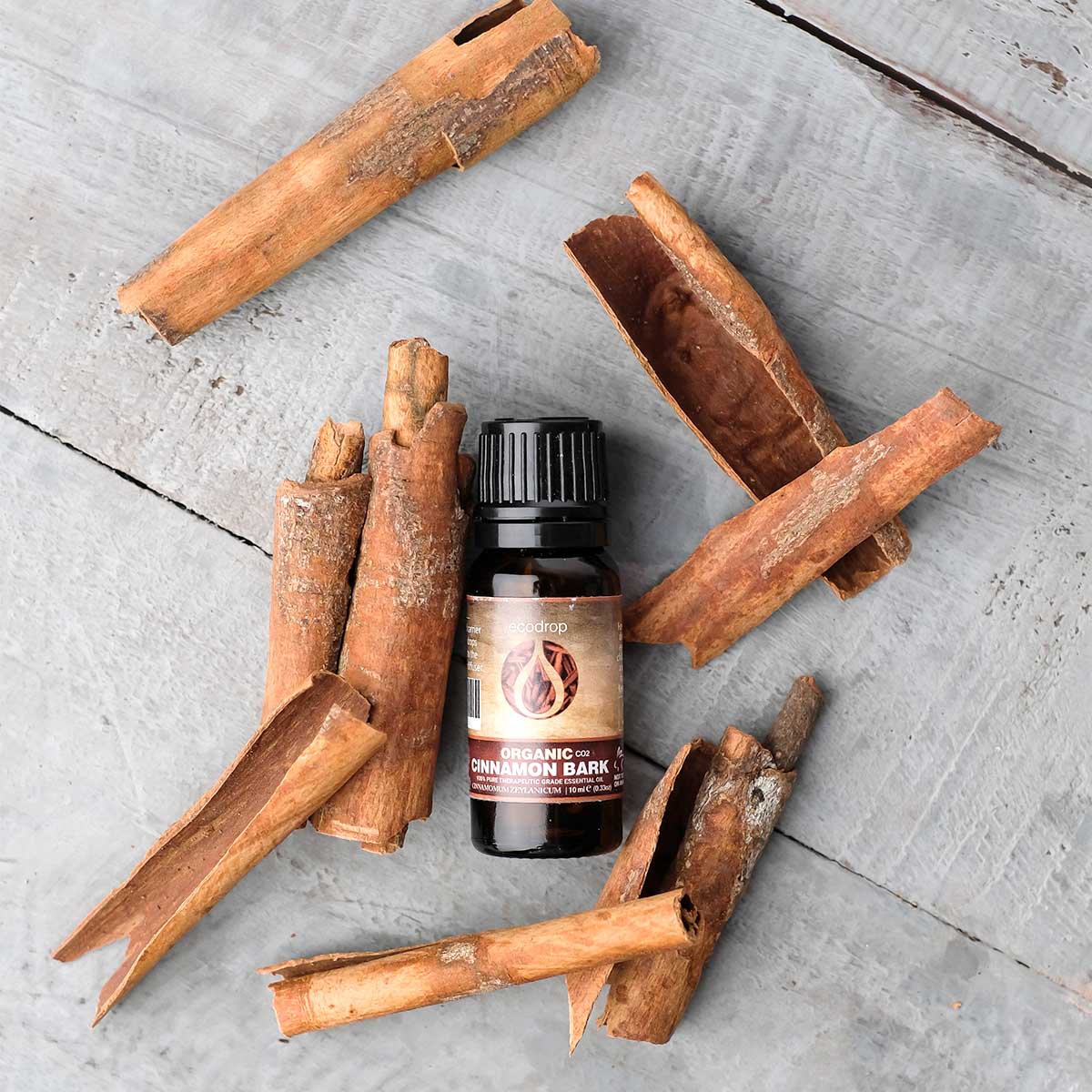
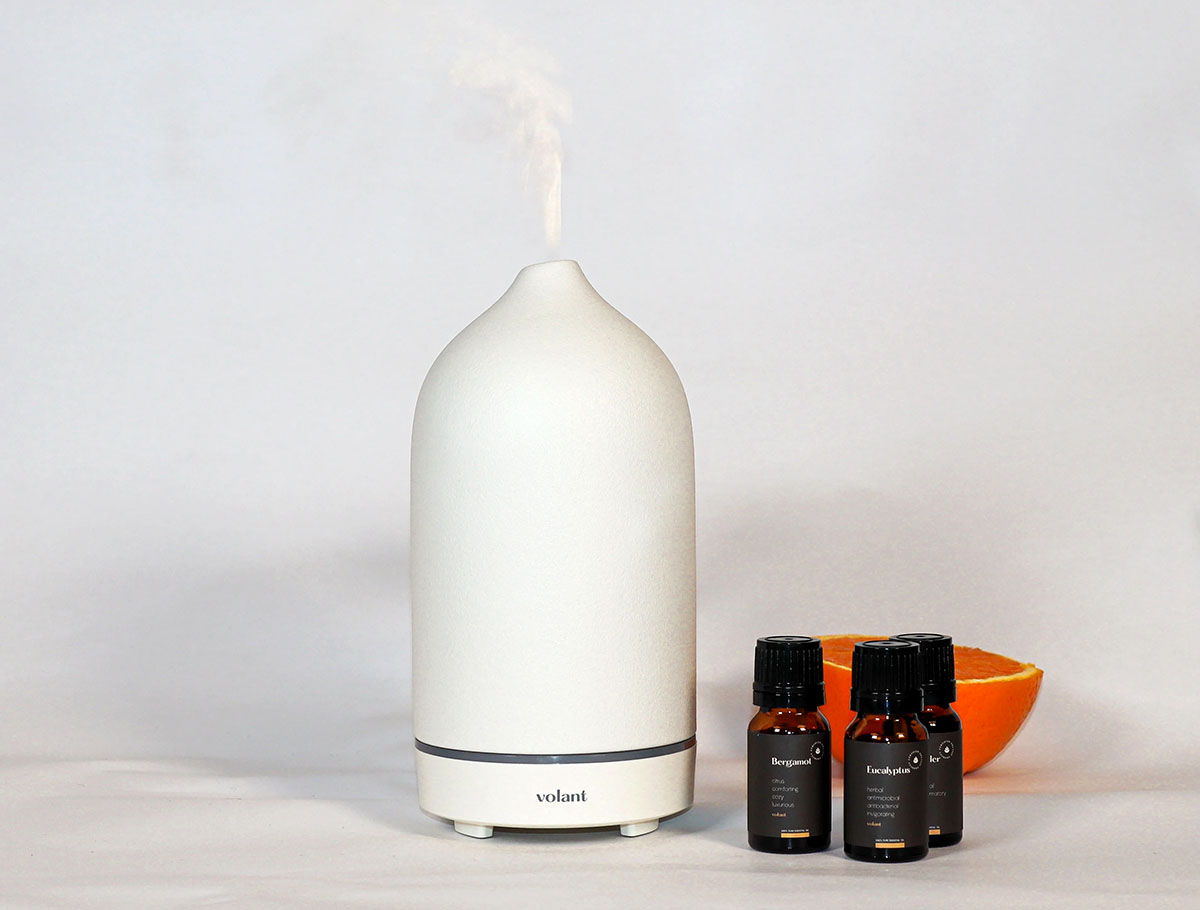
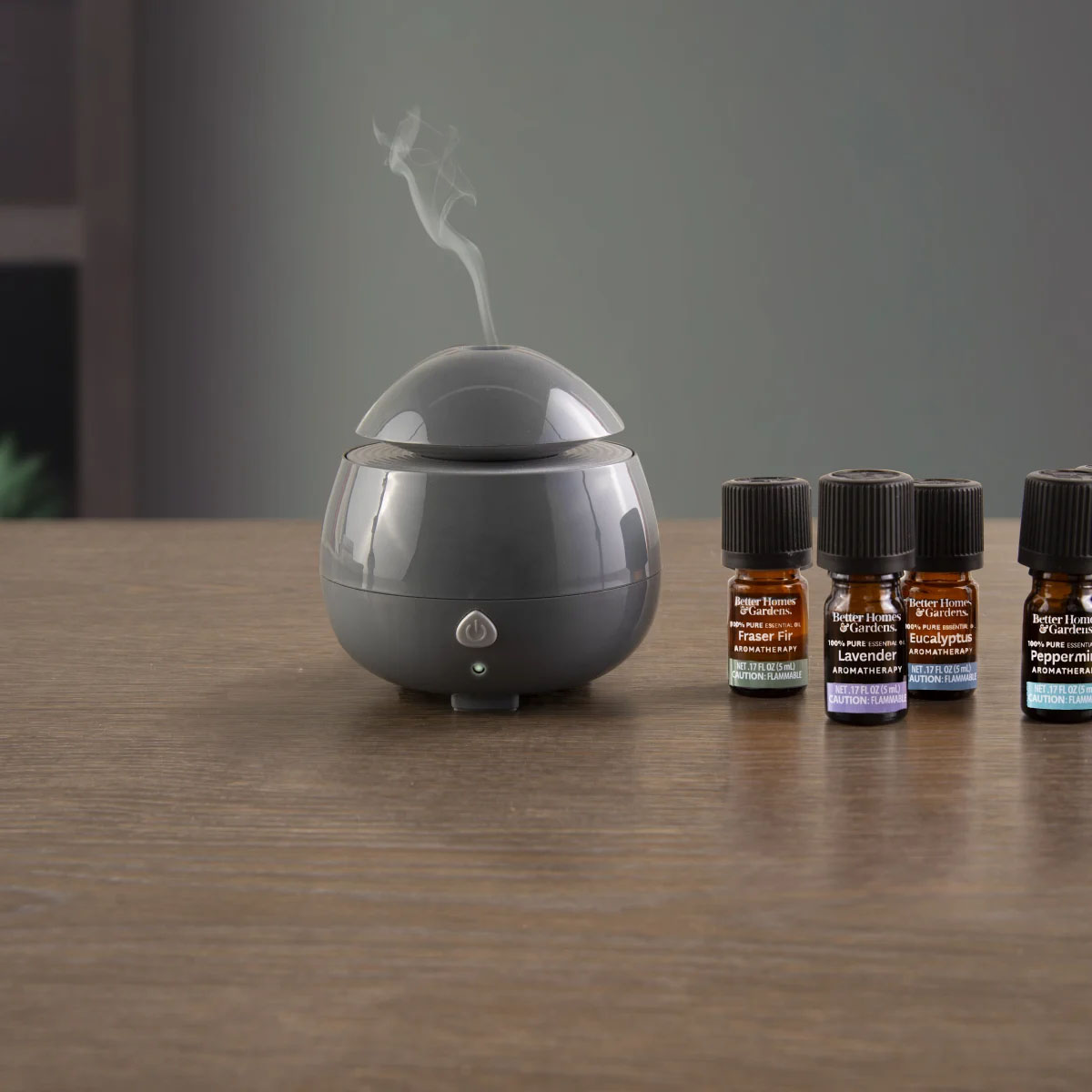
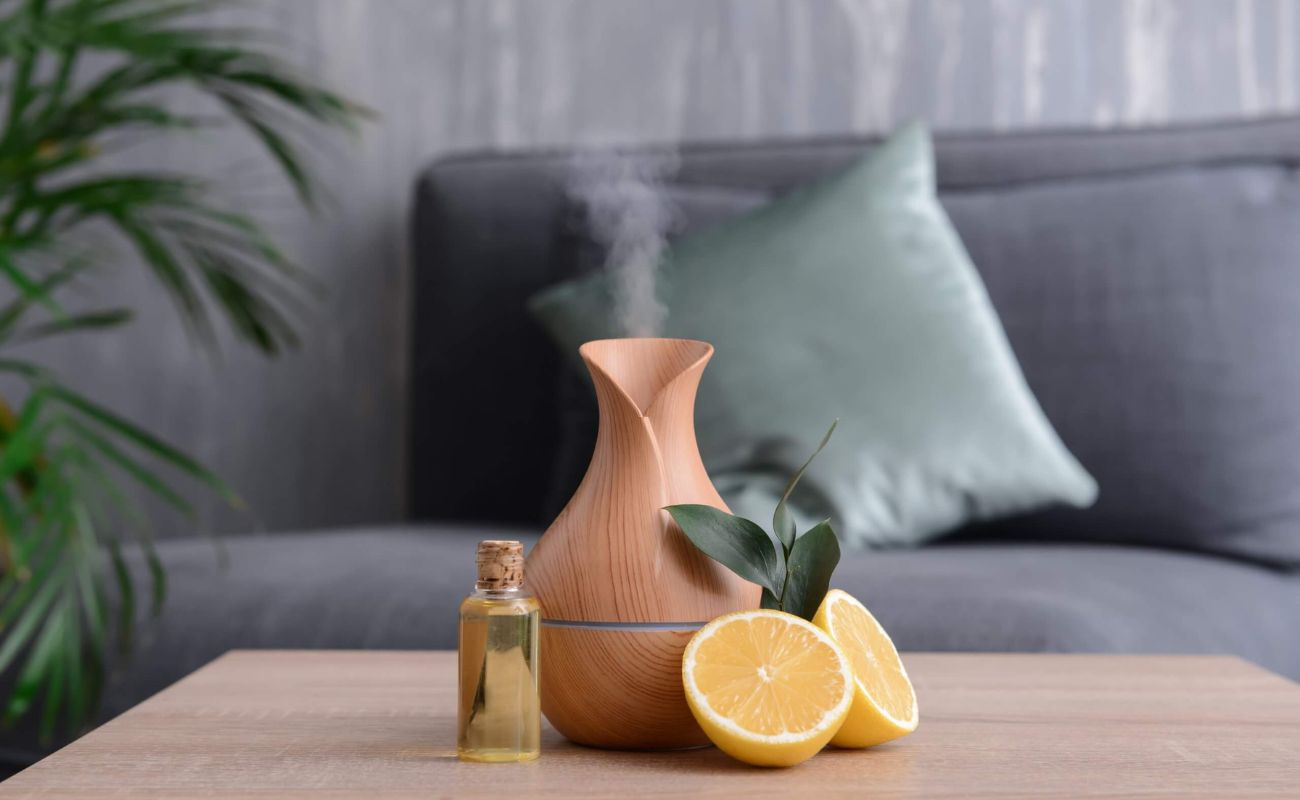
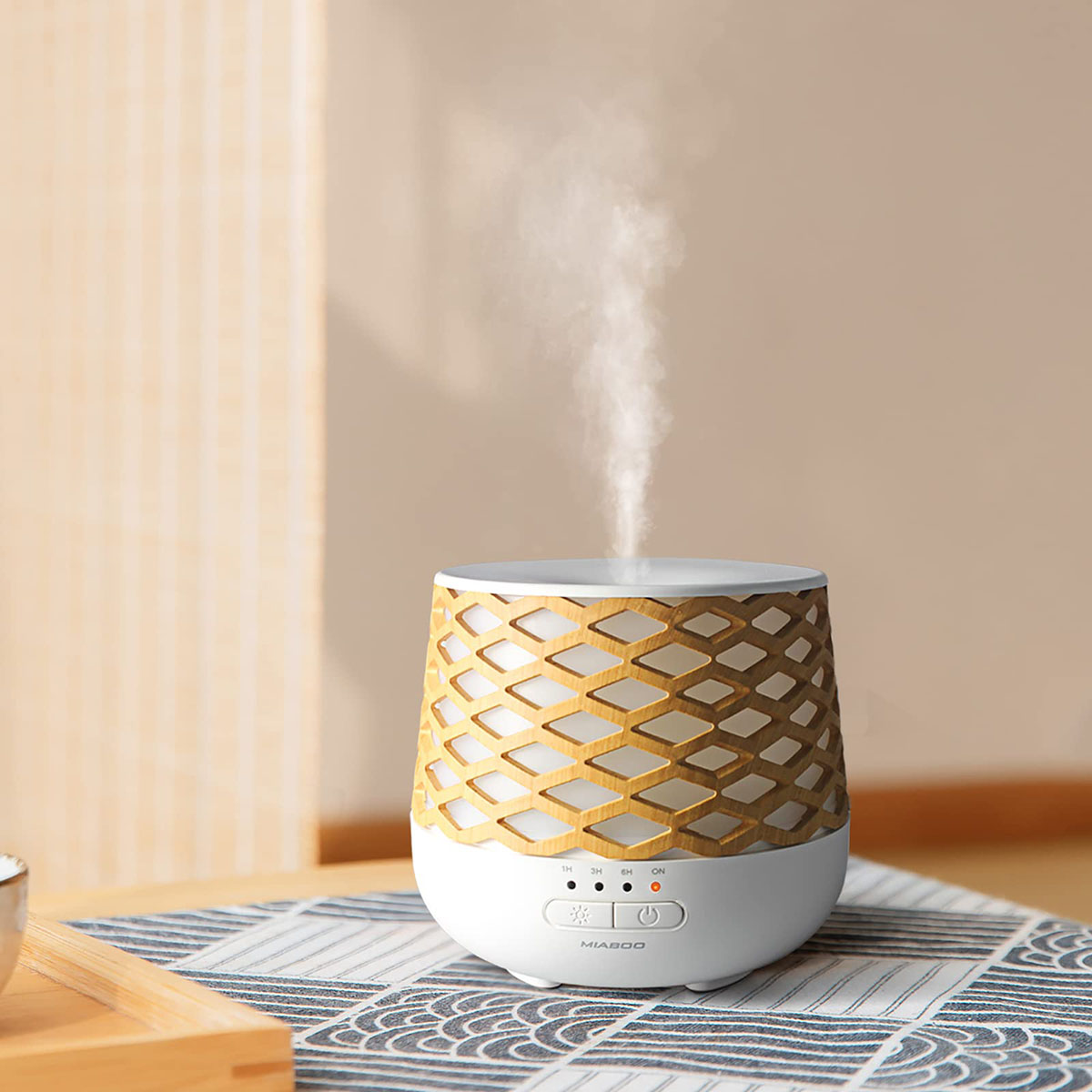
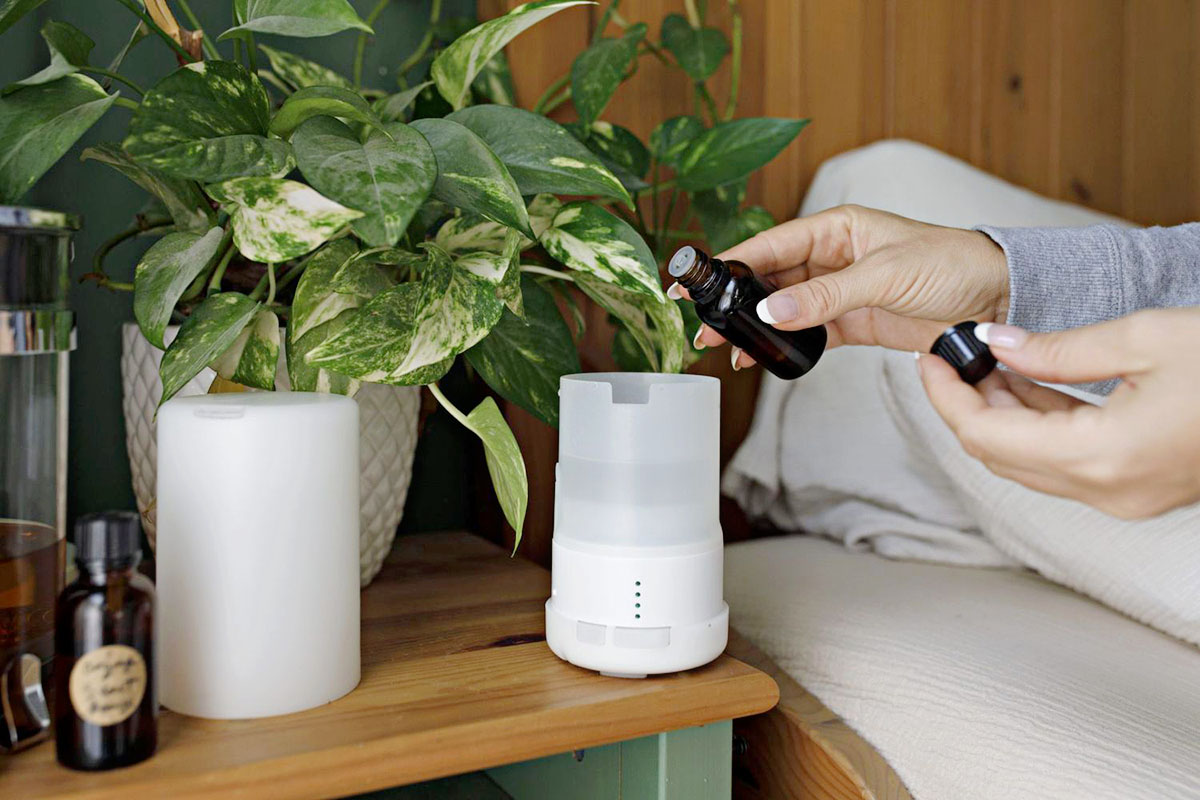
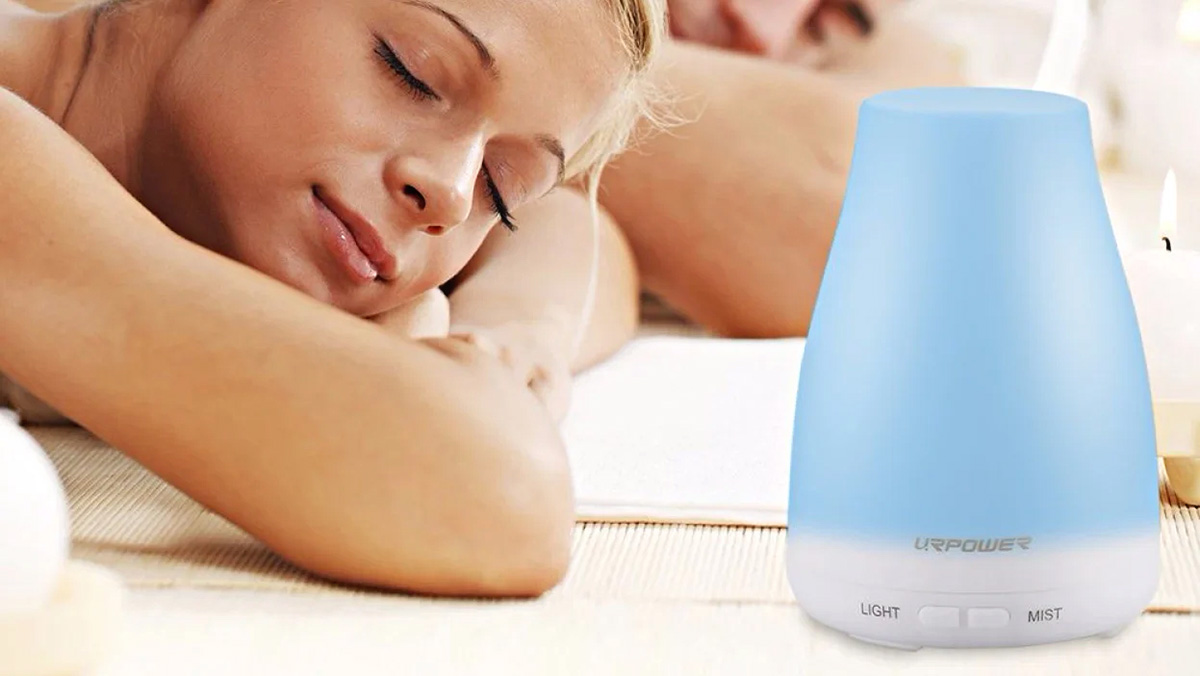
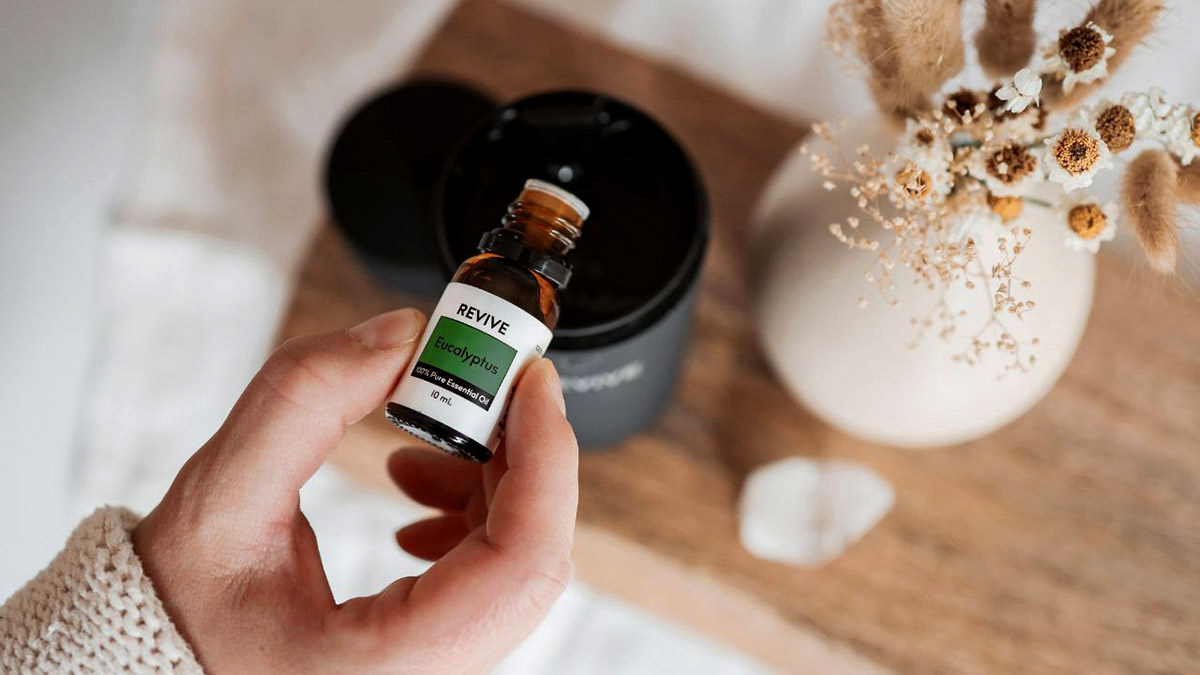

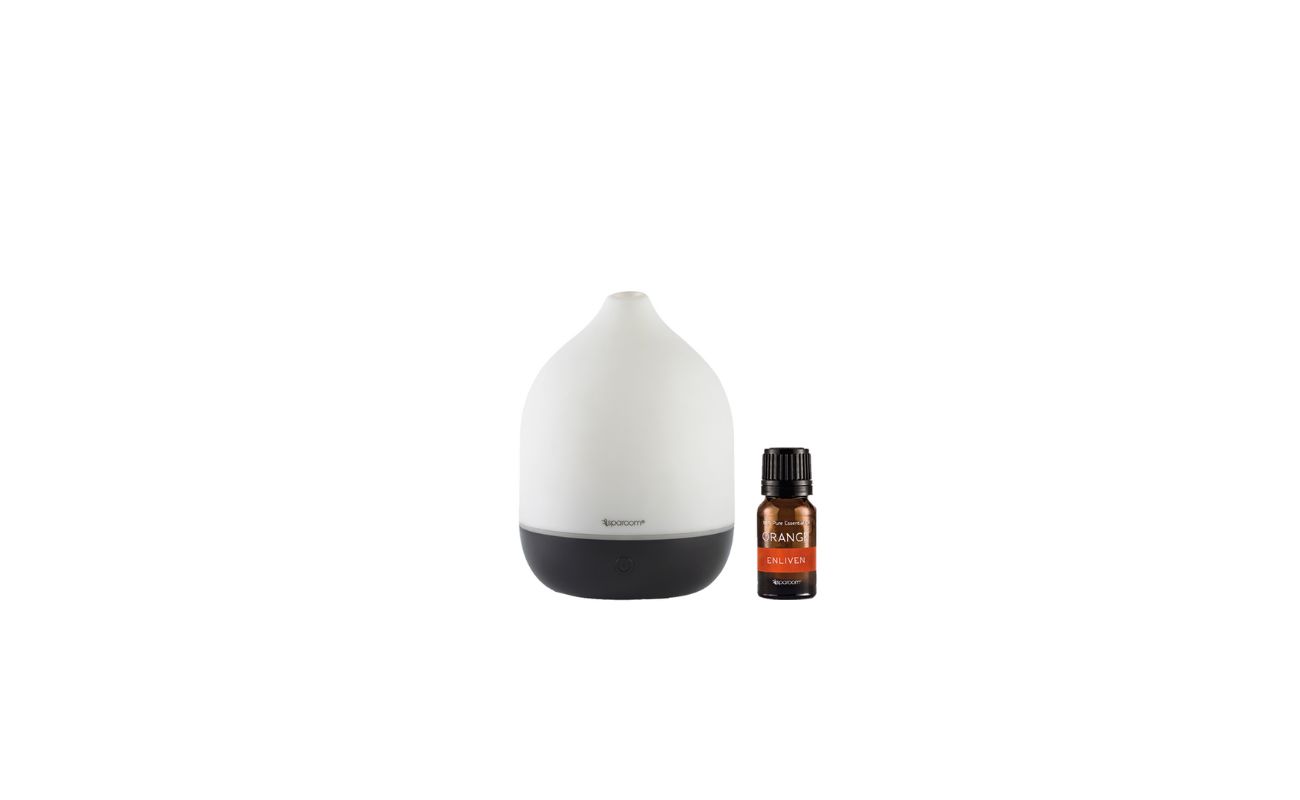
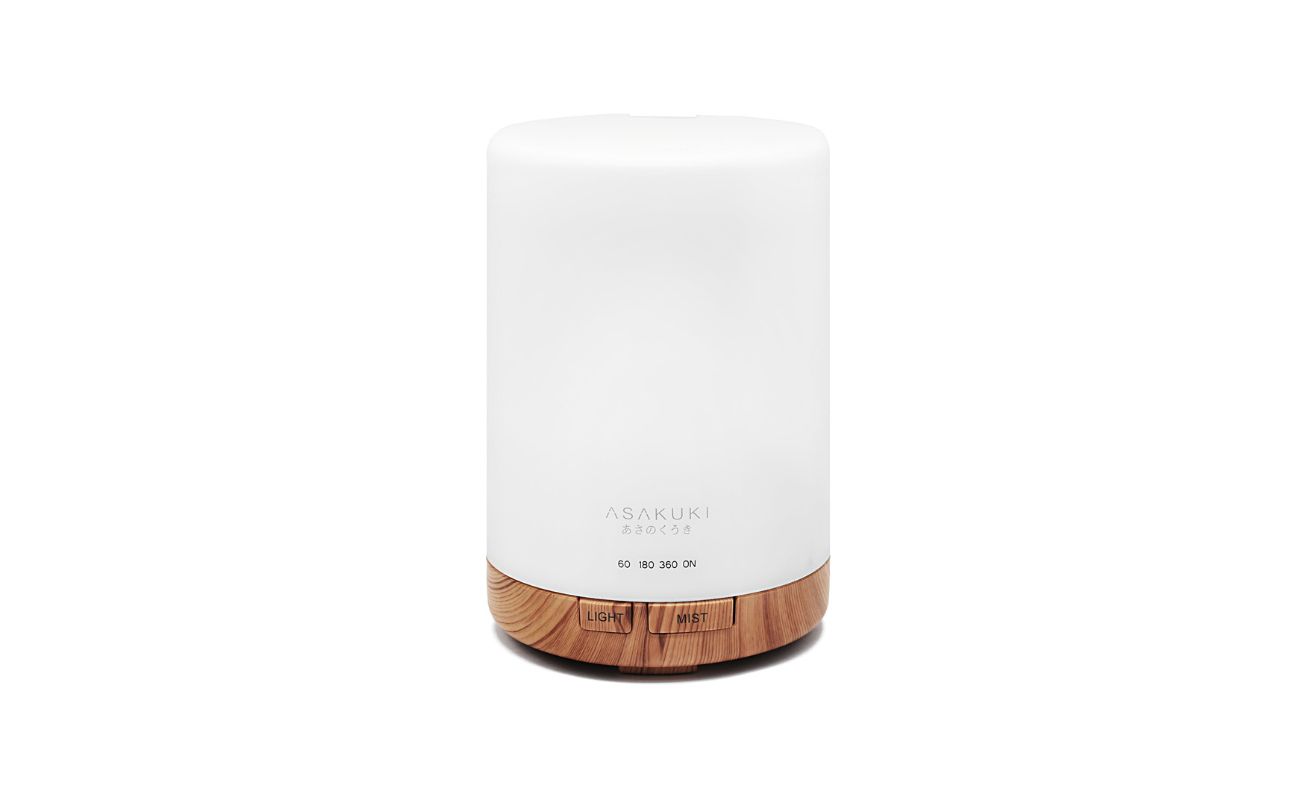
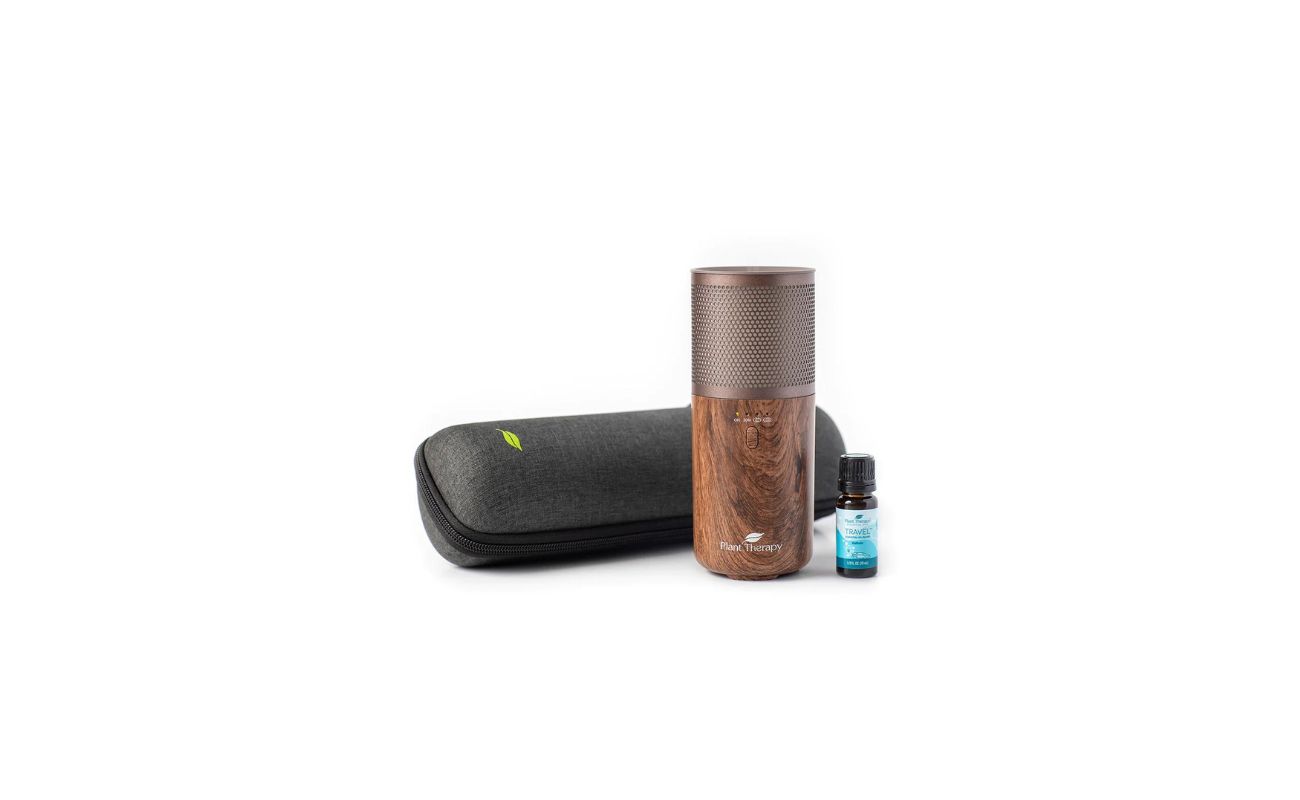
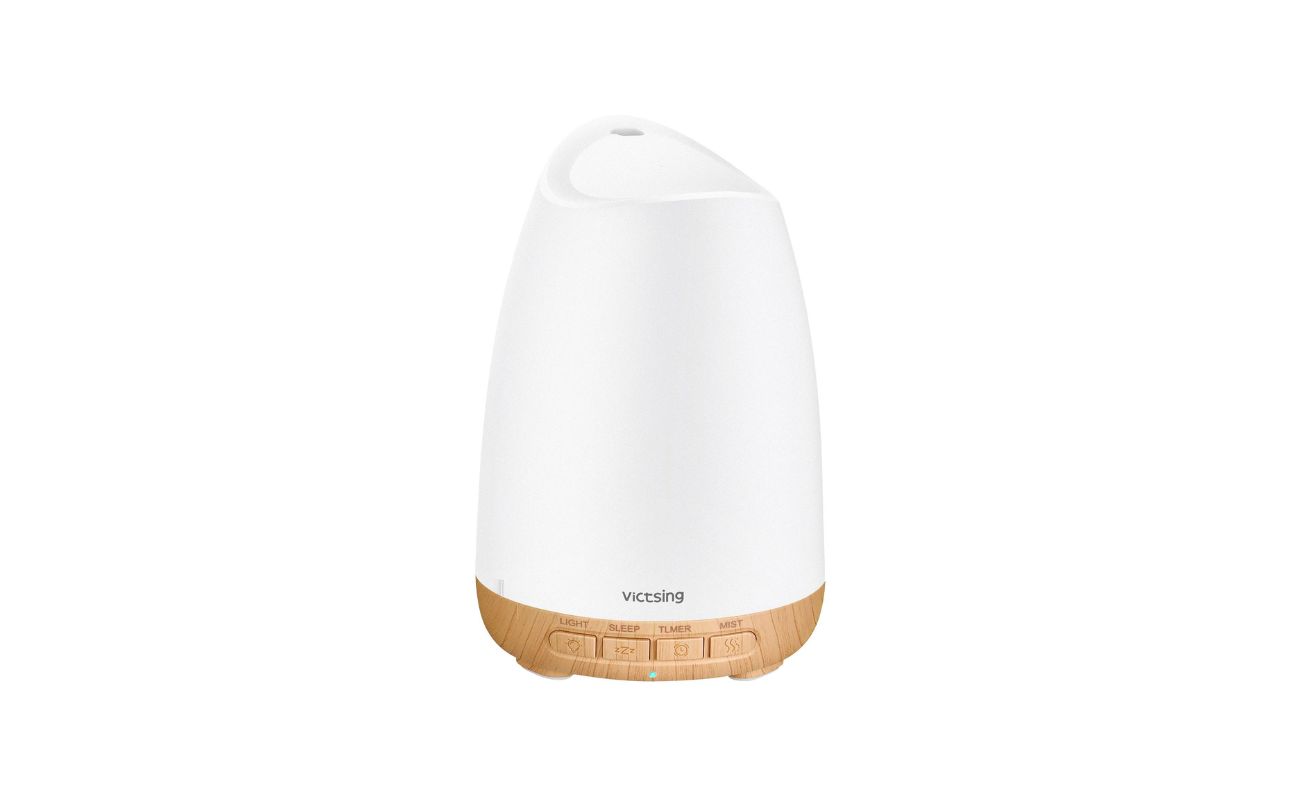
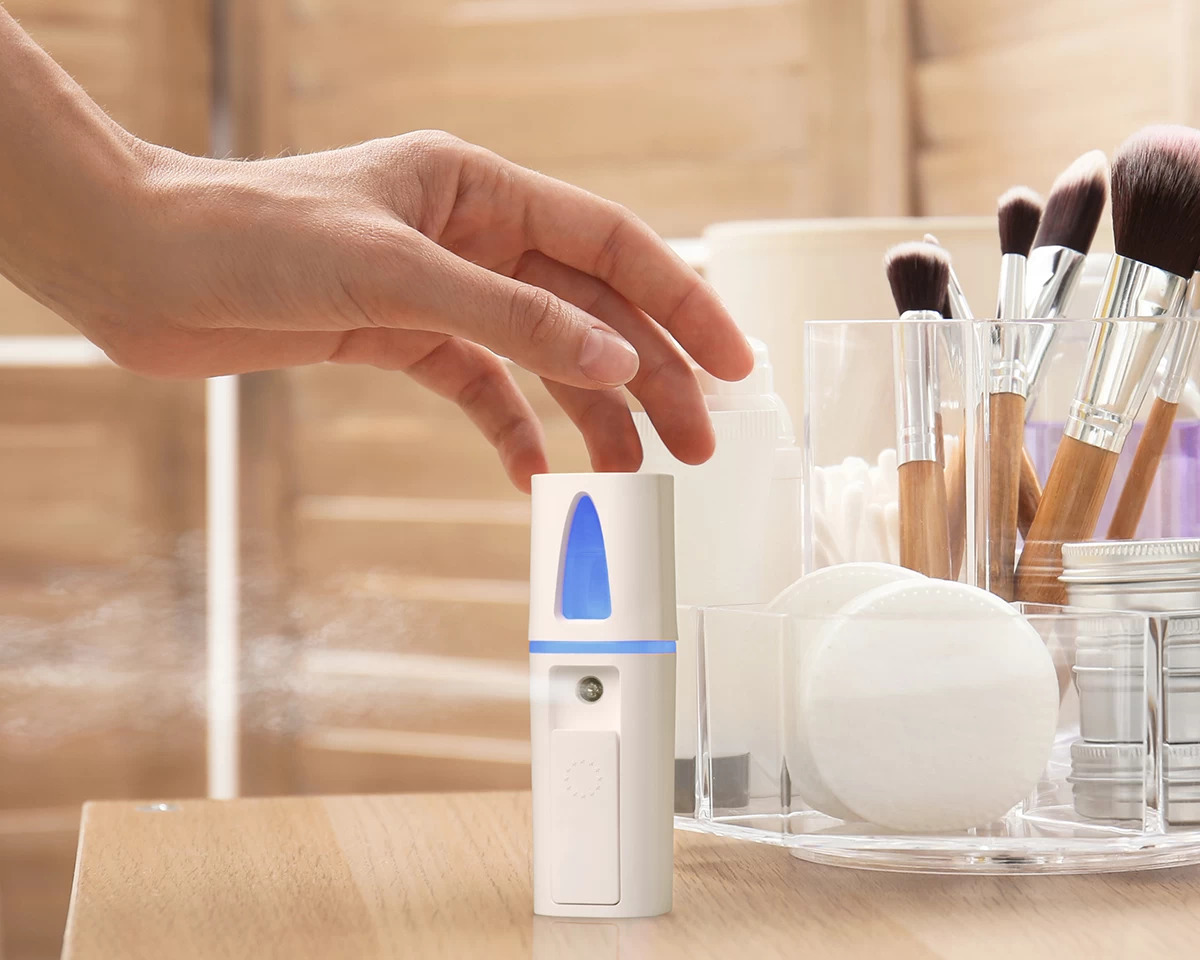

0 thoughts on “How To Make Rosemary Essential Oil For Diffuser”